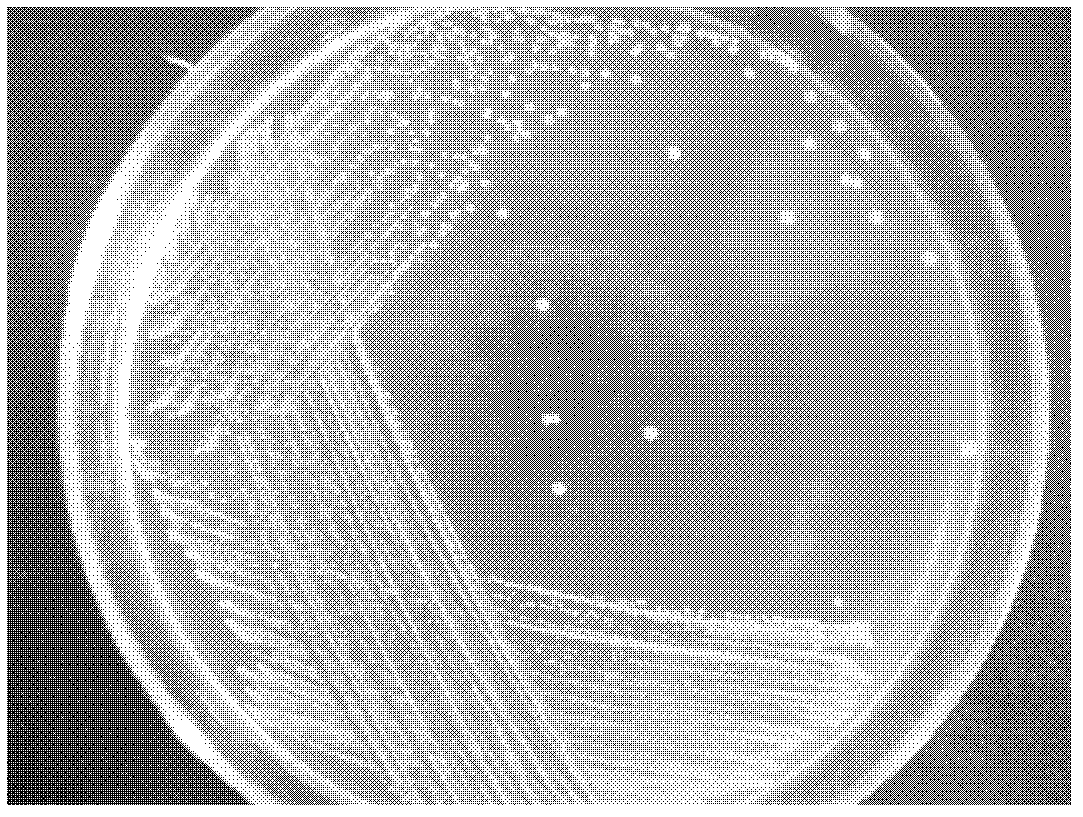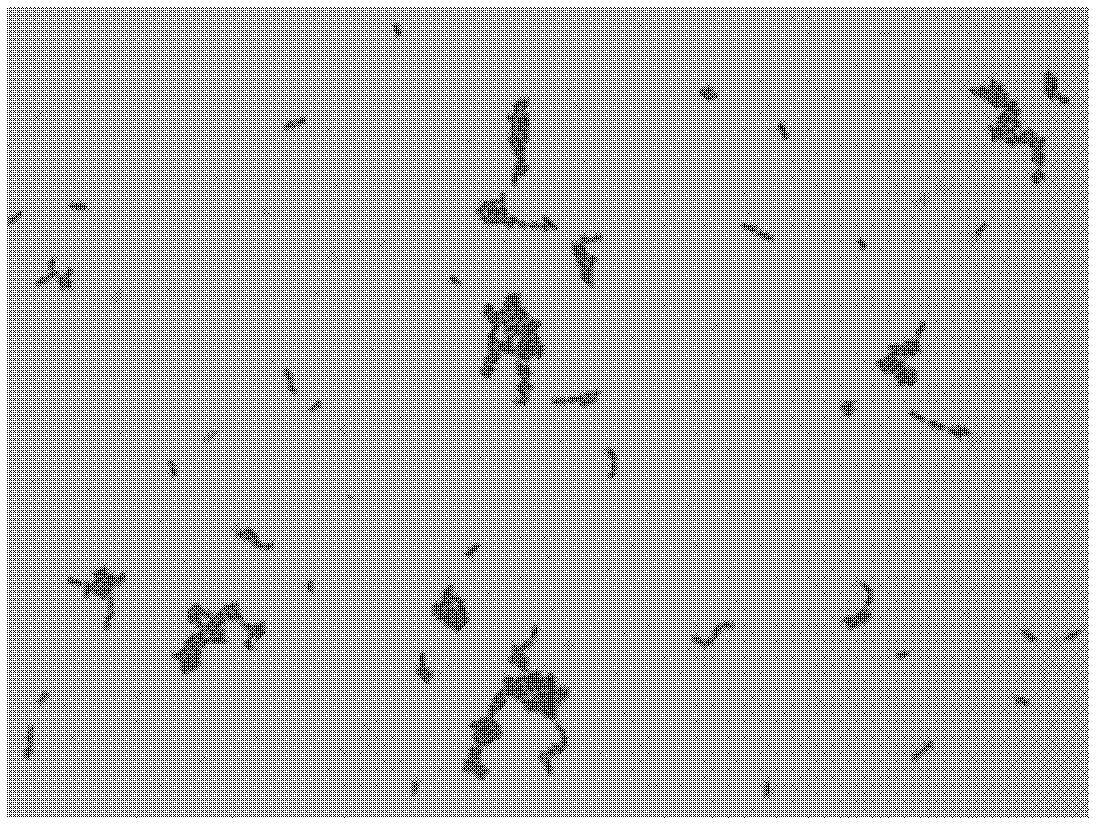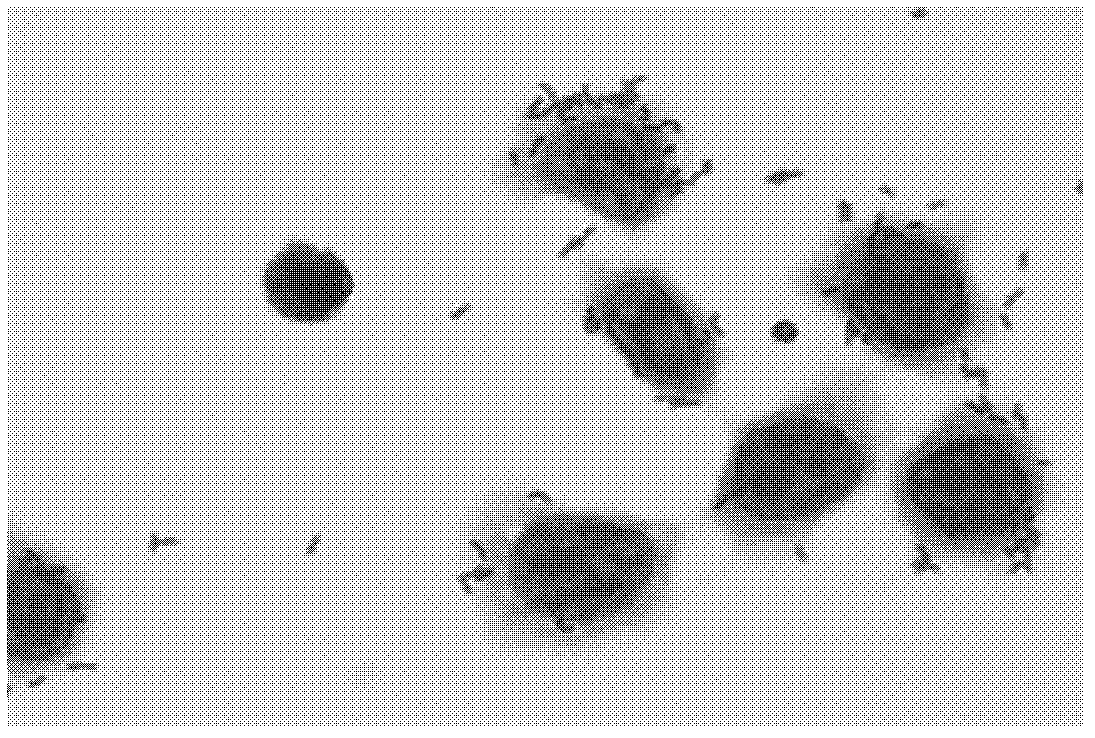Lactobacillus plantarum CCFM8724 and application thereof
A technology of CCFM8724 and Lactobacillus plantarum, applied in the field of microorganisms, to achieve the effect of good adhesion ability
- Summary
- Abstract
- Description
- Claims
- Application Information
AI Technical Summary
Problems solved by technology
Method used
Image
Examples
Embodiment 1
[0127] Embodiment 1: Analytical experiment of antibacterial substances in the fermentation supernatant of Lactobacillus plantarum CCFM8724 of the present invention
[0128] Adopt the Oxford cup method to determine the main substance of the antibacterial effect of the fermentation supernatant of Lactobacillus plantarum CCFM8724 by the following experiments:
[0129] (1) Heat treatment: heat the supernatant of Lactobacillus plantarum CCFM8724 obtained by the method described in this manual at a temperature of 100° C. for 20 minutes, and then carry out the antibacterial test.
[0130] (2) pH adjustment: the pH value of the supernatant of Lactobacillus plantarum CCFM8724 was adjusted to 6.2, and then the antibacterial experiment was carried out.
[0131] (3) Catalase treatment: After the catalase solution (1mg / ml) is filtered through a 0.22 micron membrane, it is added to the Lactobacillus plantarum according to its volume ratio of 1:10 with the supernatant of Lactobacillus planta...
Embodiment 2
[0139] Example 2: Adhesion experiment of Lactobacillus plantarum CCFM8724 on intestinal epithelial cells.
[0140] Adhesion was determined by the following test method:
[0141] (1) Intestinal epithelial cell line HT-29 cell culture
[0142] The intestinal epithelial cell line HT-29 cells (purchased from the Cell Bank of the Type Culture Collection Committee of the Chinese Academy of Sciences) were cultured using RPMI1640 medium (Gibco). HT-29 cells were placed in an incubator at 5% CO 2 The culture was carried out under the condition of atmosphere and temperature of 37°C, and the culture medium was changed once every 48 hours of culture, so that the culture continued for 15 days. Insert sterile coverslips into a 6-well cell culture plate, add 2 mL of cells to the wells at a concentration of 2 × 10 5 cells / mL of this cell culture medium, and the cell culture medium was changed every day until a monolayer of cells formed on the coverslip.
[0143] (2) Adhesion test
[0144...
Embodiment 3
[0148] Example 3: The experiment of Lactobacillus plantarum CCFM8724 inhibiting the adhesion of Campylobacter jejuni to intestinal epithelial cells HT-29.
[0149] The experimental method is as follows:
[0150] Use 0.2% trypsin solution to digest the cultured HT-29 cells and adjust the cell concentration to 2×10 5 pcs / mL -1 , and then added to a 6-well cell culture plate, 2ml per well, in RPMI1640 medium at 37°C, 5% CO 2 and 95% air for cultivation. The cell culture medium was changed every day until a monolayer of cells was formed. The monolayer cells were washed 3 times with PBS buffer (pH=7.2), and then the suspension of Lactobacillus plantarum CCFM8724 was added to each well. The MOI (multiplicity of infection) was 200:1. 2 Cultivate for 2 h under the condition of 95% air, then wash with PBS buffer (pH=7.2) for 3 times, then add Campylobacter jejuni (Campylobacter jejuni NCTC11168) bacterial suspension, MOI (multiplicity of infection) is 200:1, at temperature 37°C wi...
PUM
 Login to View More
Login to View More Abstract
Description
Claims
Application Information
 Login to View More
Login to View More - R&D
- Intellectual Property
- Life Sciences
- Materials
- Tech Scout
- Unparalleled Data Quality
- Higher Quality Content
- 60% Fewer Hallucinations
Browse by: Latest US Patents, China's latest patents, Technical Efficacy Thesaurus, Application Domain, Technology Topic, Popular Technical Reports.
© 2025 PatSnap. All rights reserved.Legal|Privacy policy|Modern Slavery Act Transparency Statement|Sitemap|About US| Contact US: help@patsnap.com



